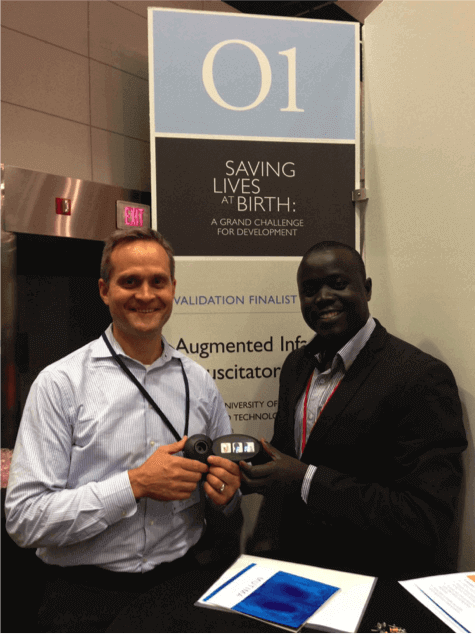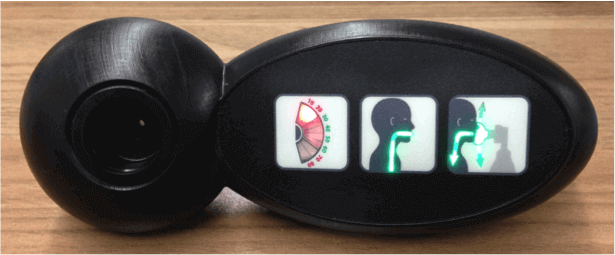The World Health Organization (WHO) estimates that one million babies die each year from birth asphyxia, the inability to breathe immediately after delivery. Now there’s a 3D printed solution that can save them.
But could the answer to so many unfortunate deaths be a 3D printed Augmented Infant Resuscitator (AIR) device?
AIR has now partnered with the Helping Babies Breathe initiative, which focuses on minimizing birth asphyxiation in resource-limited areas, such as Uganda, through education and training.

This device was thought up by Dr. Santorino Data, a paediatrician based at Mbarara University and an experienced national trainer for Helping Babies Breathe. The university is based in Uganda, about 190 miles from the capital, Kampala.
The AIR gadget could mean newborn babies with breathing difficulties are given the urgent assistance they need for a much cheaper price than regular resuscitation equipment.
Kevin Cedrone is the mechanical lead of a small team who have been using their 3D printing knowledge to create a prototype of this device using a Form 1+ SLA 3D printer.
In 2012, Kevin participated in a hackathon as a student at MIT and met Dr. Data Santorino. Together, they created a functional prototype which demonstrated that low-cost sensors could give instant feedback.
How Does the Resuscitator work?
https://www.youtube.com/watch?v=D0Gq2hvlyGs&feature=youtu.be
The AIR device looks for common signifiers of asphyxiation by using sensor readings. The benefits of 3D printing are that a model can be quickly printed and adjusted.
Kevin said: “3D printing was a core part of our design and prototyping. I was able to combine about 6 components into one single print… our current design isn’t realizable with machining or injection modeling without extension modification.”
The device gives a digital readout which provides its users with feedback in real time and even cues for the whole resuscitation process – meaning it is more likely for the process to be done correctly and reduce the amount of incorrect applications.
Recently, the Massachusetts General Hospital has recently started a partnership with AIR and the device has also won an award at the Global Pediatric Innovation Summit.
The company is now running trials with different hospitals in order to collect data about the long-term effectiveness of their device. Hopefully, this device will be successful in saving the lives of millions of newborns as well as help to build skills and confidence in those working with fragile newborns!
License: The text of "Resuscitator Helps Babies with their First Breath" by All3DP is licensed under a Creative Commons Attribution 4.0 International License.
